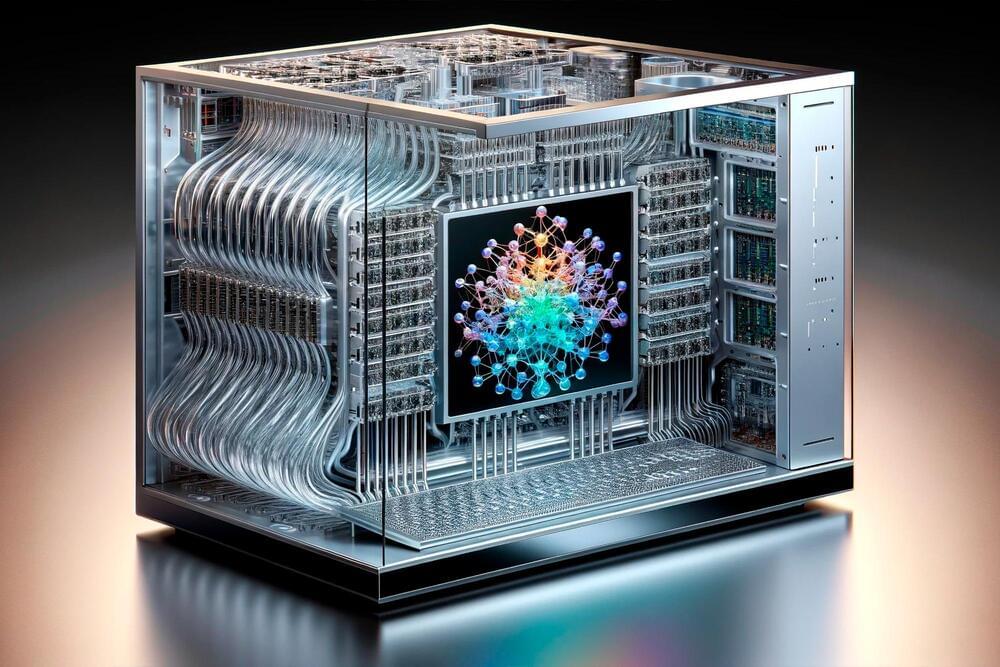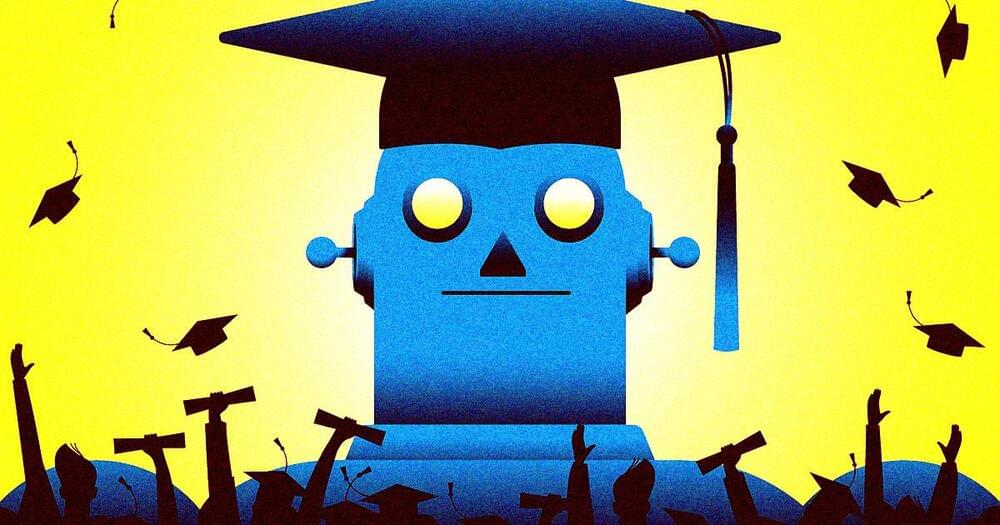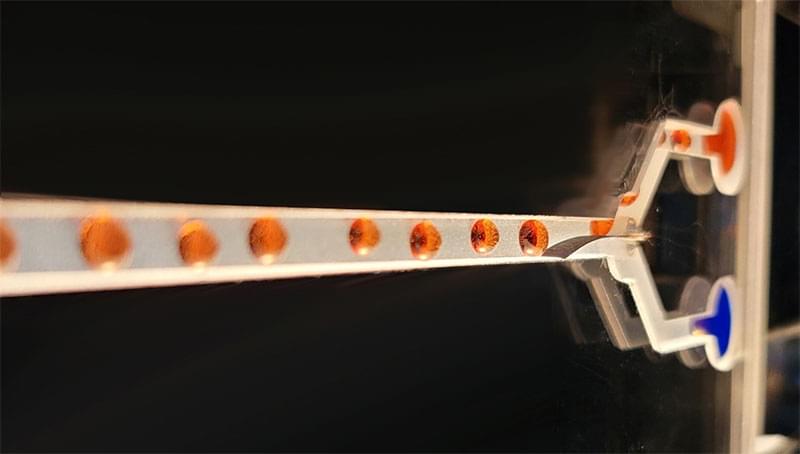Big discovery on the patterns of evolution and how it’ll change medicine and even potentially climate change and synthetic biology.
The experts meticulously analyzed the pangenome — a complete set of genes within a species. By deploying a machine learning technique known as Random Forest, and processing data from 2,500 complete genomes of a single bacterial species, the team embarked on a journey to unravel the mysteries of evolutionary predictability.
“The implications of this research are nothing short of revolutionary,” said Professor McInerney, the lead author of the study.
“By demonstrating that evolution is not as random as we once thought, we’ve opened the door to an array of possibilities in synthetic biology, medicine, and environmental science.”









